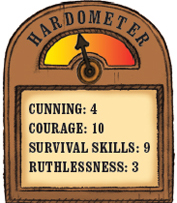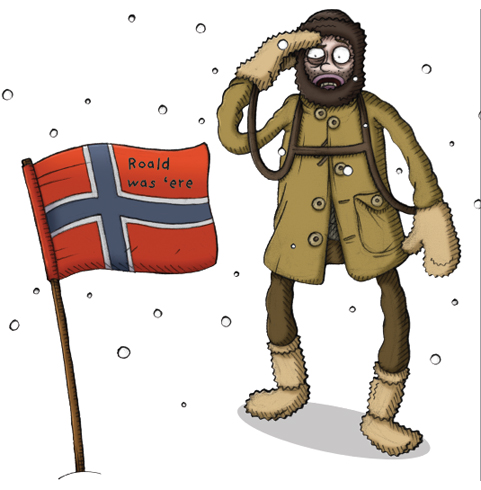

Explorer and British naval officer Scott led two daring and dangerous expeditions to the most inhospitable place on Earth. His bravery made him a national hero.
SCOTT SETS SAIL
Robert Falcon Scott was born in Plymouth, south-west England, in 1868. He joined the British Navy as a cadet when he was 13 and served on ships all around the world. But he made his name as an explorer, not as a sailor.
A CHILLY EXPEDITION
Scott was chosen to lead an expedition to the Antarctic, despite the fact that he knew very little about being an explorer, or the South Pole. He set off, in command of his ship Discovery, in 1901. Three years later, the expedition returned: they had survived the coldest place on Earth (the lowest temperature in the world was recorded there: -89.5° Celcius) and the disease scurvy (caused by not enough vitamin C). But they hadn’t made it to the South Pole.
THE ANTARCTIC AGAIN
In 1910 Scott sailed for the Antarctic on an expedition to be the first to reach the South Pole. The following year he set off over the icy land with eleven other men. Things didn’t start well: half their ponies died and the dog teams were sent back, and the men had to haul their own sledges across the ice. Seven men were sent back to base camp, while Scott and the other four carried on. After months of battling blizzards, they arrived at the South Pole only to discover that their rival, the Norwegian Roald Amundsen, had got there a month before.

BACK TO BASE
Scott and his team turned towards base camp, 1,300 kilometres away. They struck terrible weather. Soon, one man, Edgar Evans, died. Another man, Lawrence Oates, got frostbite in his hands and feet – he didn’t want to hold back the others and sacrificed himself by walking off into a blizzard. The other three men, including Scott, all died of cold and hunger only a day’s walk from more supplies. Their bodies were found months later.
